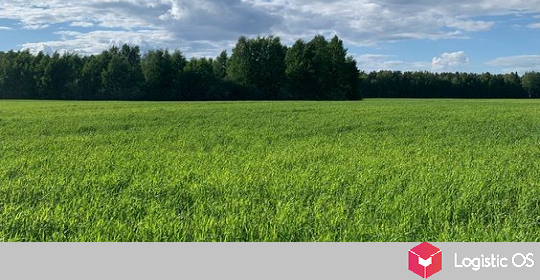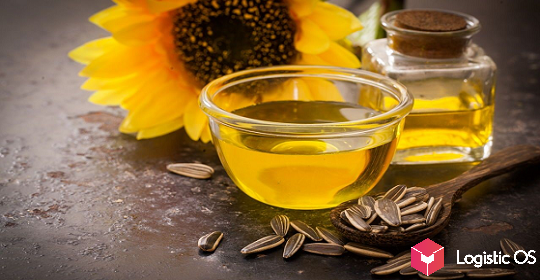According to Rosstat, this year was the period when the Russian Federation significantly reduced the production of many types of fertilizers.
For example, in the first 8 months of 2022, it fell by a total of 2.5%.
Potash fertilizers were produced 25% less, nitrogen — 6%. True, there is even an increase in certain types: urea was produced by 6% more, ammonium nitrate — by 10%.
At the same time, while this is only a slight decline against the backdrop of a long growing trend.
For example, if compared with the same period in 2019, the growth was 10.5%, and in 2020 — 4%.
In general, over 7 years, the production of all types of fertilizers increased by 30%.
Is it possible to solve export problems?
Exports of Russian fertilizers also declined. This is despite the fact that fertilizers are one of the very few types of Russian goods that are not subject to official Western sanctions.
However, some countries still reduced the volume of their purchases.
In addition, there are some difficulties associated with logistics.
At the same time, various Russian fertilizer producers have not been equally affected by today’s market conditions.
For example, someone was able to change the direction of supply without much difficulty.
These include Eurochem and Phosagro, which managed to increase deliveries to India by 2.5 times, which largely compensated for the decline in exports to Europe.
Some people are much less fortunate.
For example, Uralkali’s exports fell by more than a quarter by mid-summer due to the fact that transshipment terminals in the Baltic States, through which important flows passed, were blocked.
Uralchem faced even more problems, as the ammonia pipeline from Togliatti to Odessa stopped its operation due to the conflict in Ukraine.
Is the duty going to make things worse?
Perhaps the worst for fertilizer producers is yet to come: they expect the Russian authorities to impose export duties.
True, this is likely only if prices for fertilizers in the world market rise to $400-500 per ton.
And such an increase in prices is likely to largely offset the negative impact of the duty.
The main focus is on the domestic market
Despite active exports, the domestic market of the Russian Federation remains a priority for the government, and, if you look at it on a large scale, there are significant positive developments.
For example, over the past 7 years, Russian farmers have doubled their purchases of fertilizers to 5 million tons.
And by 2030, it is planned to bring this value to 8.8 million tons, which would allow the country to increase food production and revenue from its exports.

